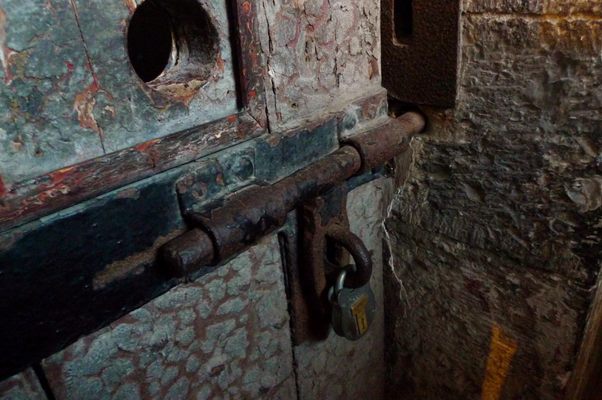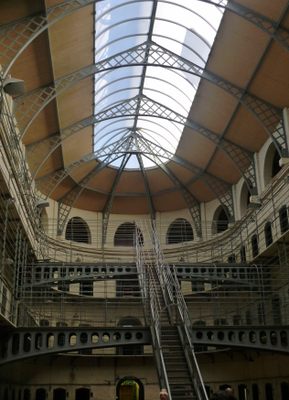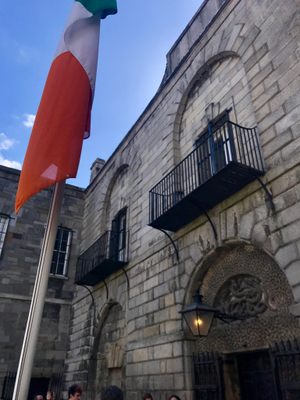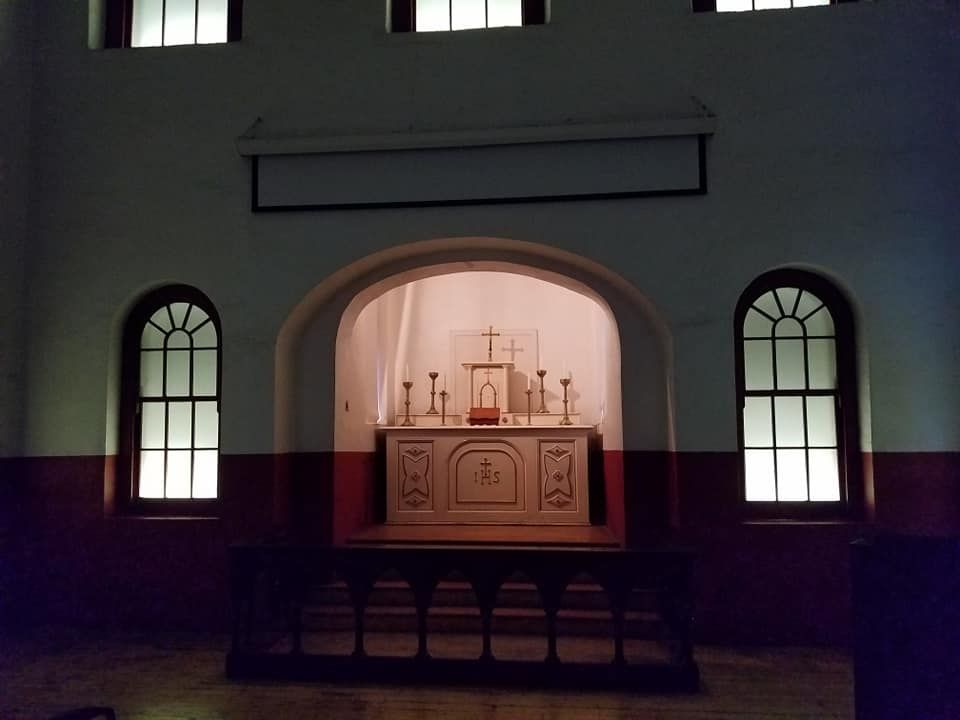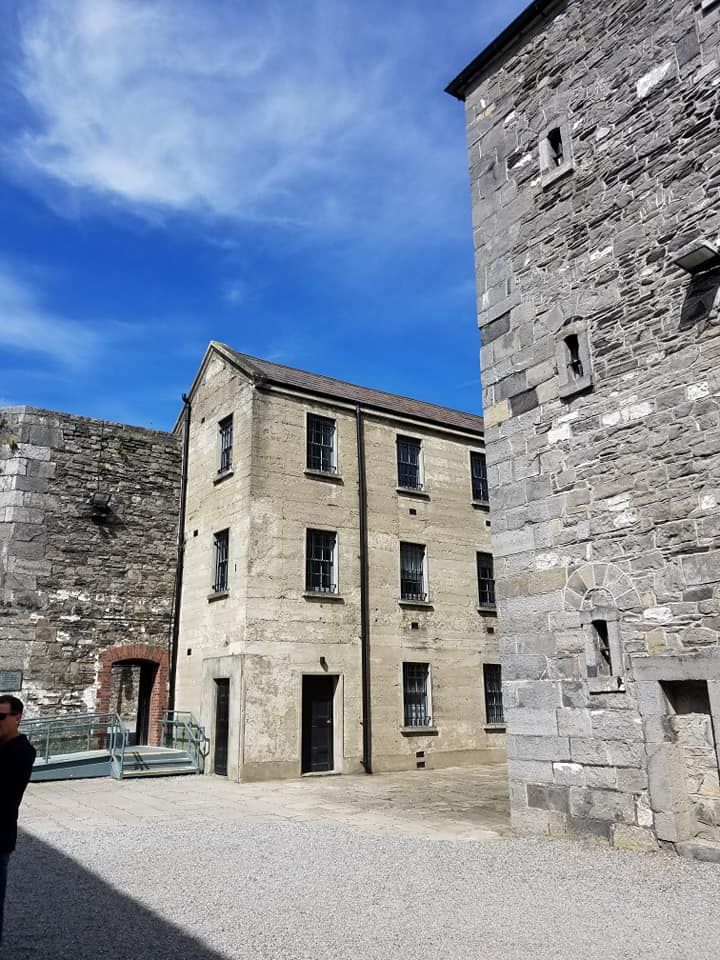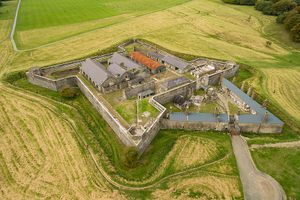About
One of Ireland's most infamous prisons was built in 1787 directly on the gallows - where public hangings had already taken place for years. These executions continued throughout its existence both inside the gates and out, including those that were the catalyst for Ireland's emergence as an independent nation.
Kilmainham Gaol was a working and silent prison that housed men, women, and children, and was in operation from 1787 until 1924. The youngest child imprisoned at Kilmainham was believed to have been just seven years old. In the years of the harshest famines, people would intentionally break the law to enter the Gaol, in the hopes that they would be fed while incarcerated, which led to severe overcrowding. Women and children were forced to sleep on the floor in the corridors with no blankets while men were squeezed into cells that held up to five people at a time.
Kilmainham Gaol became notorious for its rebel prisoners. Irish Nationalists were sent in great numbers to the prison and almost every Irish Republican leader had been housed within its walls at one time or another, during its years of operation. Many were executed there as well. Many of the prisoners left haunting graffiti on the walls affirming their willingness to die as martyrs for their beliefs. A particularly powerful and prophetic verse by the Nationalist leader Padraig Pearse is scrawled on one of the cell walls: "Beware the Risen People / That have harried and held/ Ye that have bullied and bribed."
In 1916, during an event called the Easter Rising, Irish republican rebels took over the General Post Office and other locations in the heart of Dublin to protest being ruled by the British. They held their positions for six days before surrendering. When they did surrender, the leaders were sent to Kilmainham Gaol. Once there, they were tried in secret, found guilty, and executed by firing squad in the yard. All seven signatories on the Proclamation of Independence were shot at Kilmainham, including one who had just been married in the prison chapel and another who had to be tied to a chair due to his injuries. But the executions, intended to quell the nationalist uprising, had the opposite effect. A movement that had before been the interest of only a few gained momentum and strength as word spread about these martyr-like executions, eventually leading to independence for the majority of Ireland just a few years later. The prison closed its doors in 1924.
Today Kilmainham has been restored and reopened to the public. It offers guided tours and houses a tea shop and a museum that spans three floors. Attractions include a major exhibition detailing the political and penal history of the prison and its restoration. Another large exhibition is on the history of Irish Nationalism and features some of the last words of the executed leaders of the 1916 rebellion. The tour of the prison includes a brief overview of both Irish history and the history of the Gaol itself. Access to the prison is limited and is allowed on guided tours only.
Related Tags
Know Before You Go
Public transport available - there's a bus stop located right outside the gaol or the Luas Red line tram drops off a short distance away.
Community Contributors
Added By
Published
December 19, 2013
